In south-west China, in the mountainous province of Guizhou, Reforest'Action and Hennessy are carrying out a project to restore forest ecosystems on degraded land, for the benefit of the villagers living nearby. In addition to restoring the area's ecological properties, the project is generating a real socio-economic impact by helping to improve the livelihoods of rural and traditional populations. Since spring 2022, more than 867,000 trees of diverse species have been planted to support the regeneration of a forest ecosystem in an area subject to rocky desertification. This is one of two projects financed in China by Maison Hennessy, Reforest'Action's first contributor since 2020, as part of its “Forest Destination program”.
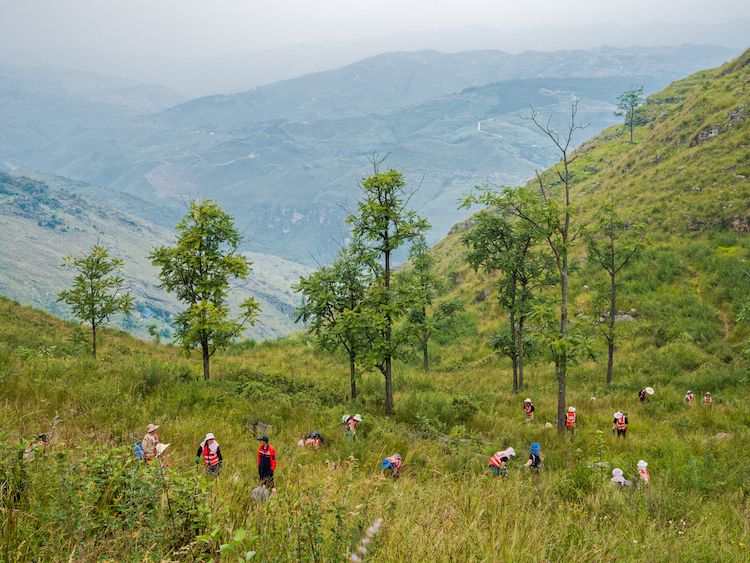
China's history has left its mark on the Guizhou landscape, or "precious land" in Chinese. Since 1958, the Great Leap Forward under Maoism, accompanied by a massive wave of migration, led to massive deforestation in favor of agricultural production and mining. In the 1980s, Deng Xiaoping's economic reforms only accelerated the clearing of new land and the impoverishment of the soil. Demographically, Guizhou is one of China's most diverse provinces, comprising many different ethnic groups, but it is also one of the country's poorest regions. Indeed, its extremely rocky and karst topography hinders economic development and makes agricultural production more difficult.
Despite the province's recent economic development, due in particular to the construction of a modern transport network and the growth of tourism, the restoration of forest ecosystems remains a top priority for the Chinese government. The aim is both to protect existing forests and to gradually reconvert agricultural land to forest while planting trees on bare land. The reforestation project, supported by Reforest'Action and Hennessy and carried out in the field by the Guangxi Chongzuo Linda Forestry company, is therefore perfectly aligned with China's national strategy.
Reforesting mountains to combat rock desertification
The project is located in the Qinglong district of Guizhou province, within a natural site subject to rock desertification. This phenomenon characterizes the processes that transform a karst area into a rocky landscape almost devoid of soil and vegetation*. China is one of the countries suffering most from desertification in the world, with 2.61 million km2 impacted**, i.e. 27%, of the country's total surface area. The original forest that used to cover the project area disappeared many years ago, and the fragile soil is now covered by a few naturally-growing grasses and shrubs and is highly exposed to erosion. On this depleted soil, natural regeneration is not an option, and neither the communities nor the local institutions have sufficient funds to restore their land.
*Earth-Science Reviews, Volume 132, May 2014, Pages 1-12 **Estimation of the costs of desertification in China: a critical review, 2016
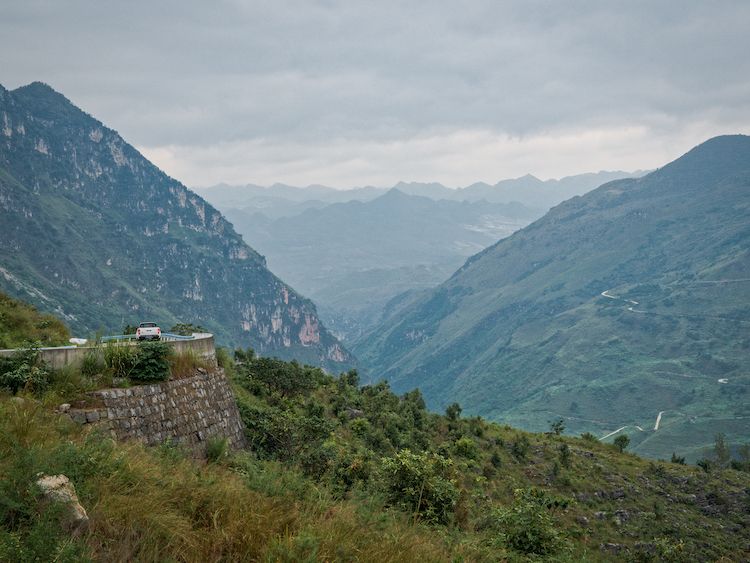
A three-fold objective
The project's objectives, to be implemented over a three-year period (2021-2024), focus on three main pillars.
1 - Restoring degraded ecosystems The project aims to create a forest on communal land that is currently bare by planting a mix of five species native to the region. The existing vegetation, mainly grasses and shrubs, will be preserved as much as possible. In the long term, the planted trees will limit erosion and combat rock desertification, helping to regenerate the soil's ecological properties. The diversity of the species chosen will strengthen the area's resilience in the face of potential climatic or biological hazards. Last but not least, the newly-grown forest will store approximately 100,000 tonnes of CO2 equivalent over a 30-year period.
2 - Fostering native biodiversity The presence of trees, including a fruit species, will contribute to the development of habitats for the region's flora and fauna, which are essential to the ecosystem's long-term stability and adaptability. The region's remote, steep slopes have encouraged the emergence of numerous endemic species of birds, reptiles, and snakes, which will benefit from the habitat extension measures. Some specimens have already been spotted near the project’s planting sites.
3 - Improving the villagers' socio-economic conditions In this rural area, opportunities for villagers to raise their standard of living are limited. All forestry work under the project will be carried out by local communities, mobilized in the field by our partner. In the years to come, the potential for harvesting fruit from the trees will also represent an interesting economic benefit for the population.
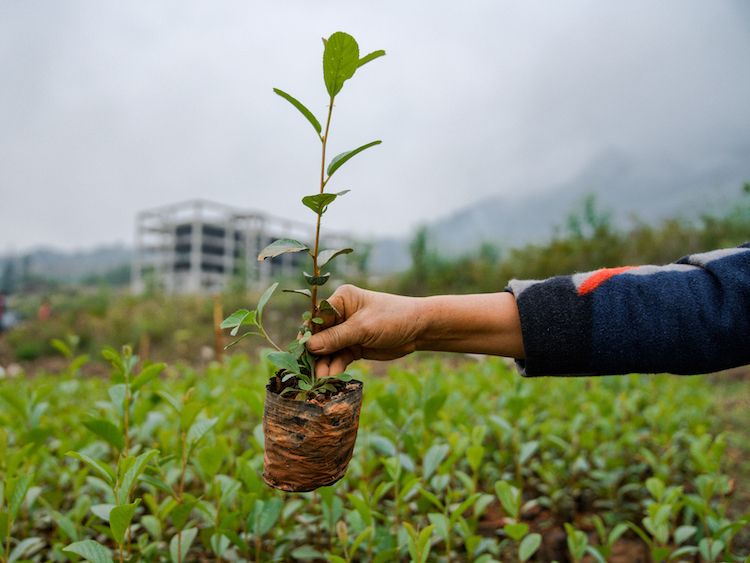
Review of the project's activities
Carried out manually by recruited villagers, the plantings began at the end of March 2022, with the onset of the rainy season, and were completed in June of the same year. A total of 571,641 trees were planted on 192 hectares during this first season. The second year of the project began in April 2023 and ended in December of the same year. The latest assessment carried out by our partner at the end of September 2023 showed that over 295,000 seedlings had already been planted, representing 54% of the 2022-2023 target.
With regard to the species mix, two species (Chinese fir and cypress) were planted in 2022 in equal proportions. Purchased from an external nursery, our partner experienced difficulties in obtaining seedlings for the other three species that were to be planted. To overcome this availability problem and meet the needs of the next two years, a nursery dedicated to the project was subsequently created. In 2023, seedlings of Chinese fir, cypress, honey locust, toona sinensis, and alder were produced by the Linda Forestry company team and planted on site. In the third quarter of 2023, to support the development of the project, the local government allowed our partner to set up its nursery in an area with a larger surface area, a better water supply, and more convenient transport conditions.
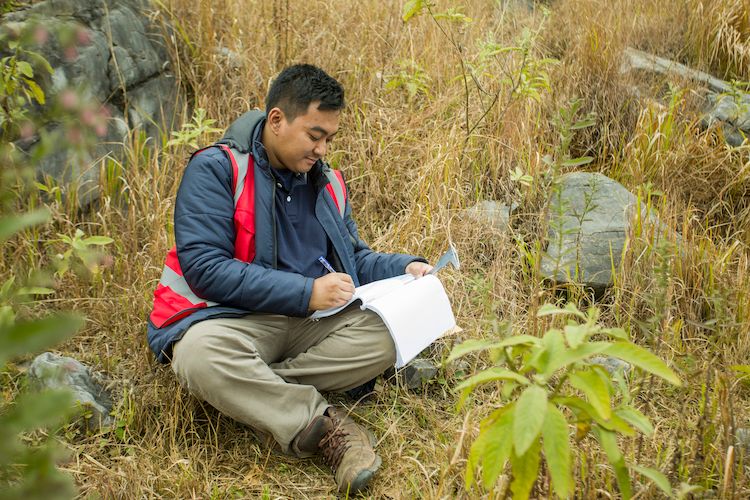
The last field audit carried out by Reforest'Action in March 2023 made it possible to assess the survival rate of trees planted in 2022, which was 93.7%. The average tree height measured was 41.7 centimeters. As the Chinese fir and cypress are native species adapted to the local environment, they were found to be in good health. To maximize results, the Linda Forestry company systematically replaces trees that fail to survive by replanting them in the following planting seasons. However, climatic conditions in 2023 were not so favorable: rainfall was significantly lower than in 2022. A second field audit will be carried out by Reforest'Action in April 2024.
Maximizing socio-economic impact to promote human well-being
Promoting human well-being is fundamental to the projects supported by Maison Hennessy. In China's Guizhou province, which struggles with rural poverty exacerbated by historical environmental degradation, the project developed by Reforest'Action directly benefits the livelihoods of ethnic minorities through the generation of additional income. The socio-economic impact is therefore a major pillar of our joint approach in China and will be monitored over the long term.
Employment and income opportunities
Agriculture is the main economic driver in the province. That's why the people living in the villages of Zhebu, the first to be affected by the project, depend entirely on farming as a source of income. With the soil depletion, agricultural productivity is reduced, as are the villagers' means of subsistence. In 2022, the project provided employment opportunities for 324 villagers. Planters, nursery workers, vehicle drivers, and forest rangers were all recruited to carry out the restoration activities under the supervision of the Linda Forestry company. These direct beneficiaries, including 80% of women, earned money at the end of their contribution, enabling them to provide for their families. Besides, an estimated 7,696 people (workers' families and other villagers) indirectly benefited from the first wave of planting. The planted trees are monitored and maintained by ten forest rangers employed by our partner. Their role is to patrol the planting area on a daily basis to prevent potential degradation risks (fires, animals grazing, parasites, or diseases) and to take immediate action to minimize losses. They are also responsible for site maintenance (weeding, etc.). Over the three years of the project, taking all activities into account, up to 55,000 man-days of work will be required, for the benefit of villagers who wish to get involved.
In parallel, the project will contribute to the local economy by opening the way to tree product commercialization. Known as "zao jia", the Chinese honey locust is one of the fifty fundamental plants used in traditional Chinese pharmacopoeia. Its fruits, which are long, bean-like pods, and its thorns are used in the manufacture of cosmetics and medicinal products, but they can also be used to make paper. The leaves of the toona sinensis, another tree planted as part of the project, are used in traditional Chinese cooking. Once mature, the fruit or leaves of these trees will be harvested and sold by the communities, who will split the earnings, to companies that will process them. The villagers concerned could generate around $150,000 a year in additional income from the marketing of forest products.
Social commitment at the core of our activities
In order to facilitate and strengthen community participation in the project, our partner has implemented a comprehensive engagement process: upstream meetings introducing the project and its benefits to involve villagers, tree-planting training to initiate the public, regular updates on the project's achievements to ensure constant mobilization, etc. These initiatives reflect the importance of working hand in hand with local people, who are both the driving force and the beneficiaries of this restoration program. Once recruited, most of the workers were involved in the project's design: through community meetings, they had the opportunity to give their opinions and discuss future activities. In addition, from March to April 2022, prior to the planting phase, 280 beneficiaries took part in a half-day training session: technical requirements, seedling management, safety, and waste management were all on the agenda.
During the last audit, Reforest'Action gathered feedback from beneficiaries by conducting several interviews. All respondents were happy to be able to contribute to activities in the field and were motivated by the idea of ensuring the proper growth of trees. They understand the importance of trees in the fight against rocky desertification. They also mentioned the much-needed income they receive from the project. In addition, a feedback mechanism has been set up for participants to make any comments and/or suggestions regarding the project's course. This mechanism is fundamental to ensuring optimal implementation and monitoring of the project and is managed both by village representatives and the villagers' committee and by the Linda Forestry company.
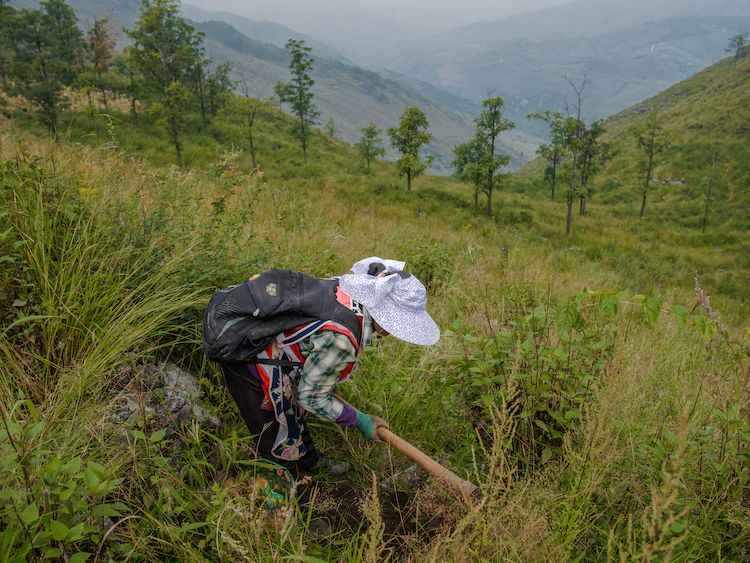
Maison Hennessy has come to appreciate the central role of forest ecosystems in ensuring a sustainable future for future generations. In 2020, the company entered into a 10-year partnership with Reforest'Action. This long-term commitment enables the implementation of an ambitious, long-term program to contribute to the regeneration of 50,000 hectares of forest worldwide. The project to restore degraded mountain ecosystems in Guizhou province illustrates the Maison's commitment to promoting the ecosystem services provided by forests for the benefit of the local populations that depend on them.